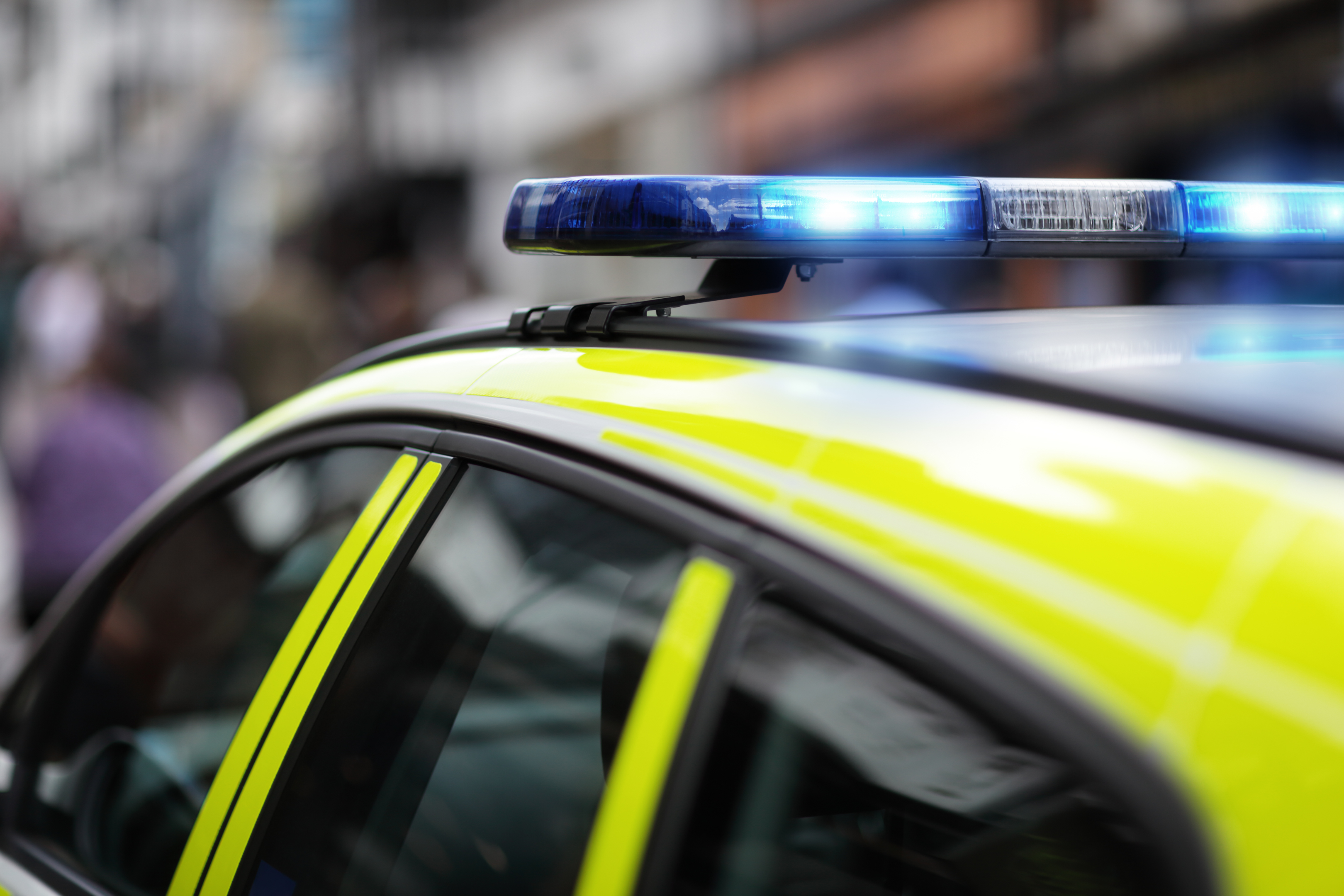
MORE must be done to help police deal with people who are mentally distressed but who do not need to be detained under the Mental Health Act, a report has found.
Research by the Mental Welfare Commission praised the work of Police Scotland in responding to people in distress but said officers required proper support from health and social care staff.
The report identified a lack of local co-ordination in responding to distressed people and highlighted that often large amounts of police time were involved.
The commission was examining the increased use of place of safety orders in Scotland, from 130 notifications in 2006/07 to 1,133 in 2016/17.
The orders can be used by the police to detain a mentally distressed person for up to 24 hours so that they can be assessed by a doctor.
The report identified significant variation in the use of the orders in different areas, with NHS Highland having the highest rate, followed by Orkney and Grampian.
The commission said it was “striking” that few of those who were taken to a place of safety went on to be detained under the Mental Health Act.
“There may be issues about services able to respond to acutely distressed individuals,” it noted.
The report added: “The current system results in the police having to make very difficult and potentially risky decisions about individuals who may be at serious risk of self harm.
“The police should not be expected to do this without proper support from health and social care professionals.
“The levels of distress they were dealing with was significant and there should be a joined-up response from services to this.”
The research, which included interviews with 43 police officers, also noted that some felt the local mental health service refused to assess people who had been drinking.
The commission has made several recommendations, including for the Scottish Government and local agencies, to “develop models of service for people who are acutely distressed but do not require detention under the Mental Health Act”.
Chief executive Colin McKay said: “Our interviews with the police and with people who had been subject to a place of safety order revealed a high level of care and compassion from the officers involved. We welcome this, and commend Police Scotland’s approach.
“Reasons for the rise in numbers could not be determined. It may be due to better reporting of the statistics by the police, although it could simply be due to a greater use of the orders.
“We made five recommendations for change – for NHS Boards and services, Integrated Joint Boards, Police Scotland and the Scottish Government, and will follow those through. We are also aware of new initiatives being taken by Police Scotland in recent months.
“We welcome the priority given in the Government’s Mental Health Strategy to people experiencing acute distress. We hope that this will lead to better options being developed by the NHS and local authorities.”

Enjoy the convenience of having The Sunday Post delivered as a digital ePaper straight to your smartphone, tablet or computer.
Subscribe for only £5.49 a month and enjoy all the benefits of the printed paper as a digital replica.
Subscribe